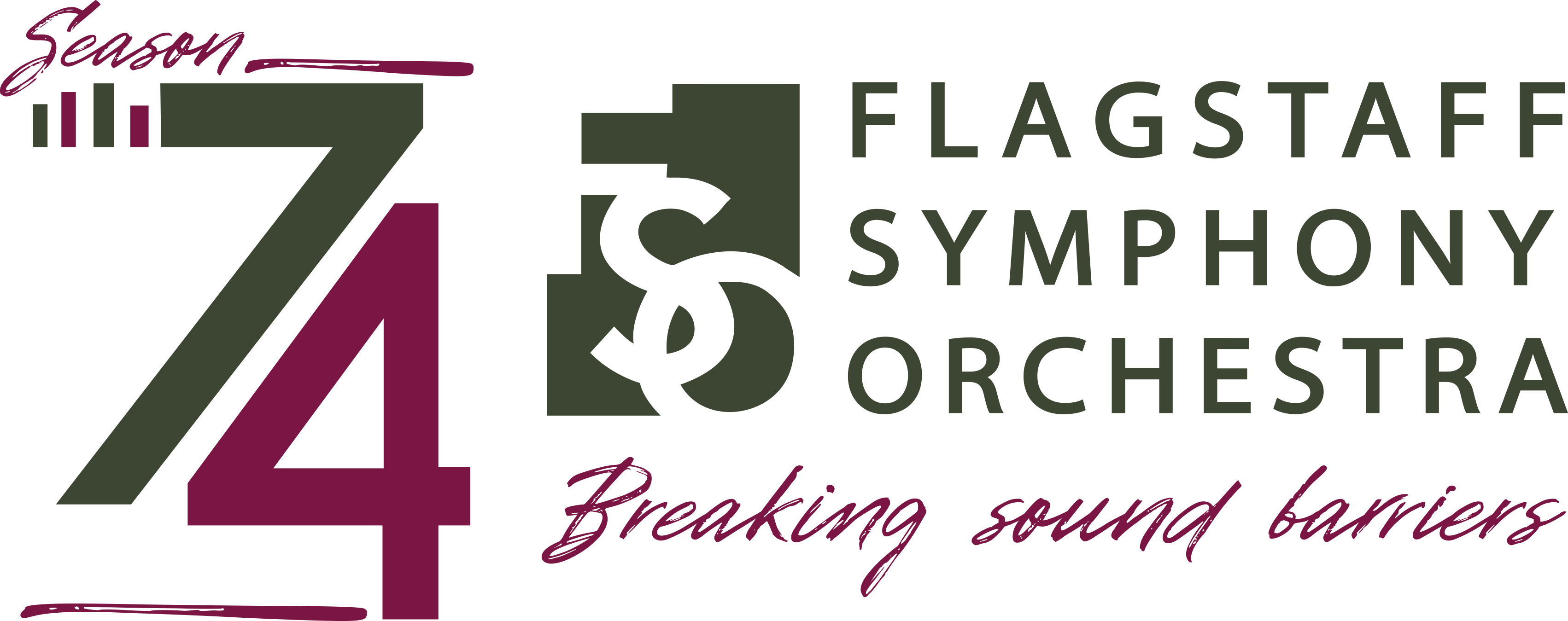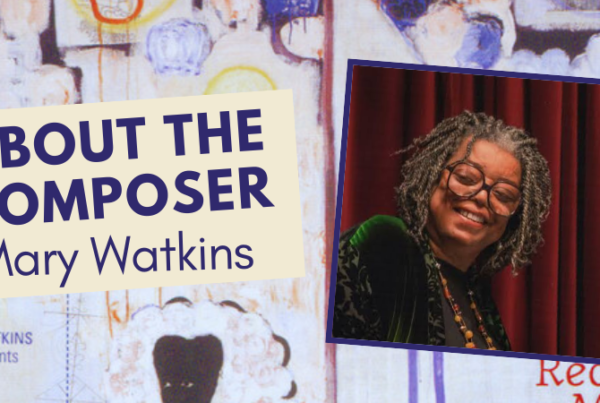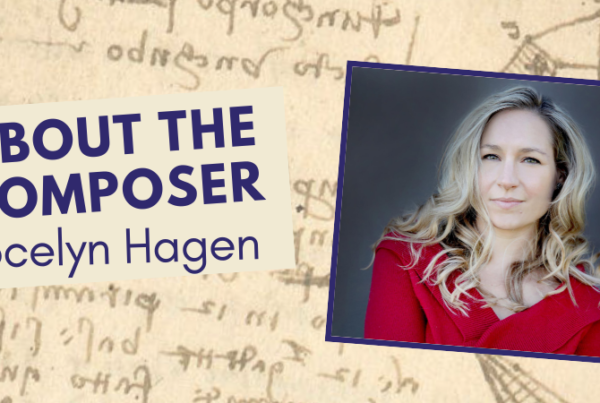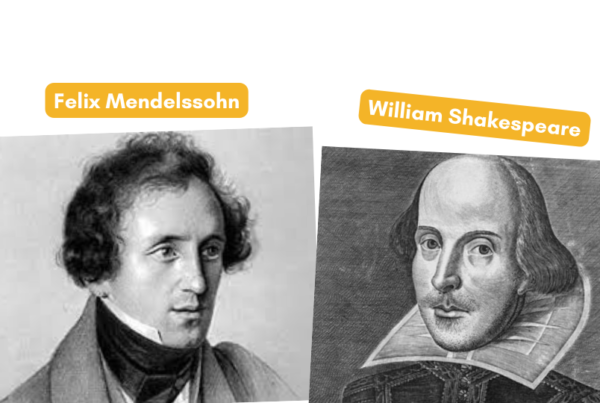Works by two of the greatest classical composers create a magnificent program when Flagstaff Symphony Orchestra, Master Chorale of Flagstaff and NAU Shrine of the Ages Choir join forces for a concert on Friday, April 20. The orchestra will be backed by 150 voices to produce a wall of sound rarely experienced in northern Arizona, for Brahms’s “Song of Destiny” and Beethoven’s “Symphony No. 9 in D minor,” the “Choral” symphony.
The performance, conducted by FSO Music Director Charles Latshaw, begins at 7:30 pm at Ardrey Memorial Auditorium on the campus of Northern Arizona University. Prior to the concert, Latshaw will offer a conversation about the program, beginning at 6:30. Dr. Edith Copley, recently retired as Music Director of the Master Chorale, is returning to lead the chorus for this final concert of the FSO season.
Vocal soloists for the evening are NAU music faculty members: Christine Graham, soprano; Judith Cloud, mezzo-soprano; Ricardo Pereira, tenor; and Robert Allen Saunders, bass.
“Ye wander gladly in light/ Through goodly mansions, dwellers in Spiritland!” So begins a poem by Friedrich Holderlin, contrasting the bliss of heavenly beings with the pain and suffering of the living. Deeply touched by the poetry, the German composer Johannes Brahms was inspired to set the words to orchestra and chorus, and created one of his most acclaimed works. “Song of Destiny” (Schicksalslied) was premiered in Karlsruhe to acclaim in 1871. According to one critic, “Had Brahms never written anything but this one work, it would alone have sufficed to rank him with the best masters.”
Ludwig van Beethoven said, “A great poem is more difficult to set to music than a merely good one because the composer must rise higher than the poet — who can do that in the case of Schiller?” Referring to the German poet and philosopher Friedrich Schiller (1759-1805), Beethoven answered his own question, setting Schiller’s “Ode to Joy” (An die Freude) to the final movement of his last symphony, the ninth. This was the first time a chorus had been used in a symphony, and by adding voices to the orchestral instruments Beethoven created a monumental musical effect to depict the final triumph of the universal brotherhood of mankind.
Before he had begun this symphony, Beethoven was completely deaf. One biographer said, “The sounds of the earth were stilled for him, that in the silence he might catch the harmonies of heaven.” He insisted on conducting the first performance in 1824 (the program said, “Taking part in the direction of the concert”), but an assistant conductor instructed the musicians to follow him instead of the maestro. At the conclusion, with his back to the audience, Beethoven was unaware of the crowd’s enthusiasm until someone turned him around to receive the thunderous applause. No one had ever before heard orchestral music of such thrilling volume and intense emotion.
“Ode to Joy” has been appropriated for almost two hundred years for protest music, national anthems and celebrations of political and religious fervor. It was used by Chilean demonstrators against Pinochet in Chile, Chinese protesters in Tiananmen Square, and at the fall of the Berlin Wall.
Beethoven and Brahms have rightly been enshrined as two of the “Three B’s” of classical music, acknowledging their primacy along with Bach. This FSO performance will offer Flagstaff the opportunity to hear masterpieces by two of the best-loved composers of all time.
ABOUT THE FLAGSTAFF SYMPHONY ORCHESTRA
The mission of the Flagstaff Symphony Orchestra is to enrich, engage, and inspire our community through the performance of orchestral music. Founded in 1950, the FSO is a regional orchestra of some 65 professional musicians who perform new works as well as the best-loved classical repertoire. Now in its 68th season, it is the largest and most active nonprofit performing arts organization in northern Arizona.
www.flagstaffsymphony.org



